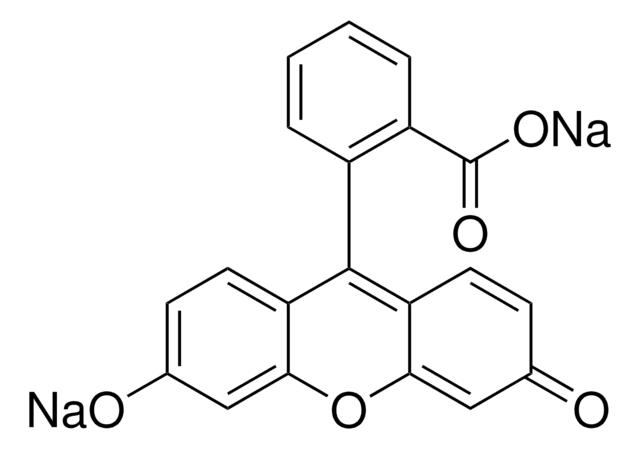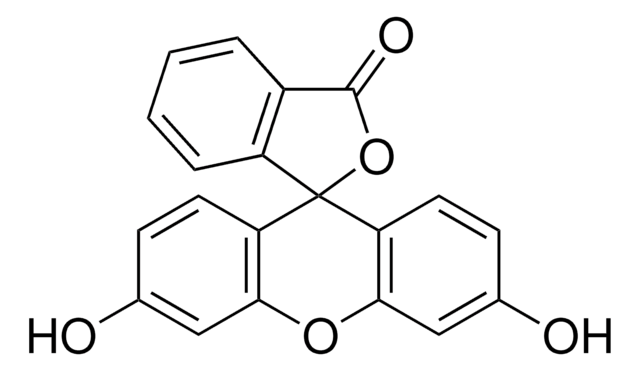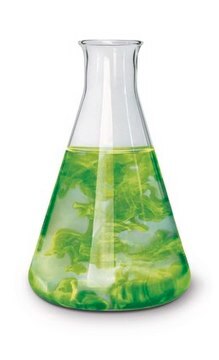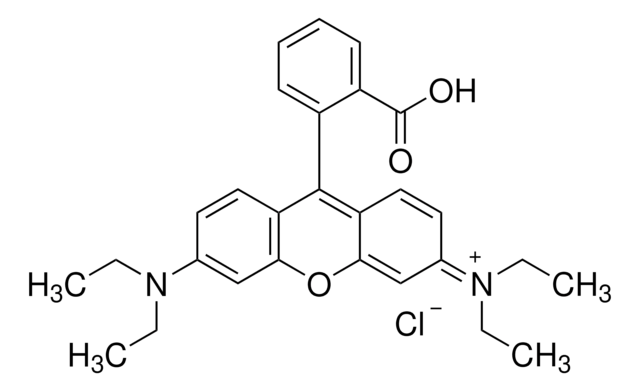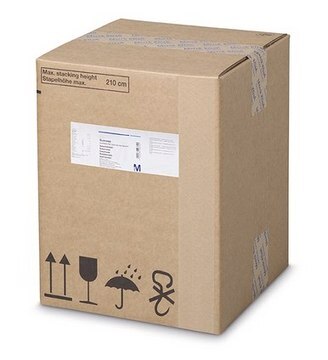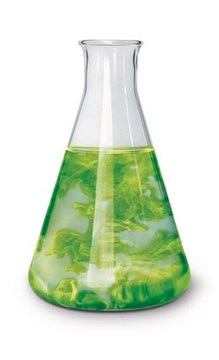F6377
Fluorescein sodium salt
used as fluorescent tracer
Synonym(s):
Acid Yellow 73, D&C;Yellow No. 8, NaFl, NaFluo, Sodium fluorescein, Uranine
About This Item
Recommended Products
Quality Level
form
powder
color
orange to brown
pH
8.3 (20 °C, 10 g/L)
mp
>300 °C
solubility
H2O: 1 mg/mL
density
0.78 g/cm3 at 29.6 °C (85.3 °F at 699.7 hPa)
fluorescence
λex 460 nm; λem 515 nm(lit.)
application(s)
diagnostic assay manufacturing
hematology
histology
storage temp.
room temp
SMILES string
[Na+].[Na+].[O-]c1ccc2c(Oc3cc([O-])ccc3C24OC(=O)c5ccccc45)c1
InChI
1S/C20H12O5.2Na/c21-11-5-7-15-17(9-11)24-18-10-12(22)6-8-16(18)20(15)14-4-2-1-3-13(14)19(23)25-20;;/h1-10,21-22H;;/q;2*+1/p-2
InChI key
RGPLGPBQJOQFJS-UHFFFAOYSA-L
Looking for similar products? Visit Product Comparison Guide
Related Categories
General description
Application
Storage Class
11 - Combustible Solids
wgk_germany
WGK 1
flash_point_f
423.7 °F - Pensky-Martens closed cup
flash_point_c
217.6 °C - Pensky-Martens closed cup
ppe
Eyeshields, Gloves, type N95 (US)
Choose from one of the most recent versions:
Certificates of Analysis (COA)
Sorry, we don't have COAs for this product available online at this time.
If you need assistance, please contact Customer Support.
Already Own This Product?
Find documentation for the products that you have recently purchased in the Document Library.
Customers Also Viewed
Our team of scientists has experience in all areas of research including Life Science, Material Science, Chemical Synthesis, Chromatography, Analytical and many others.
Contact Technical Service